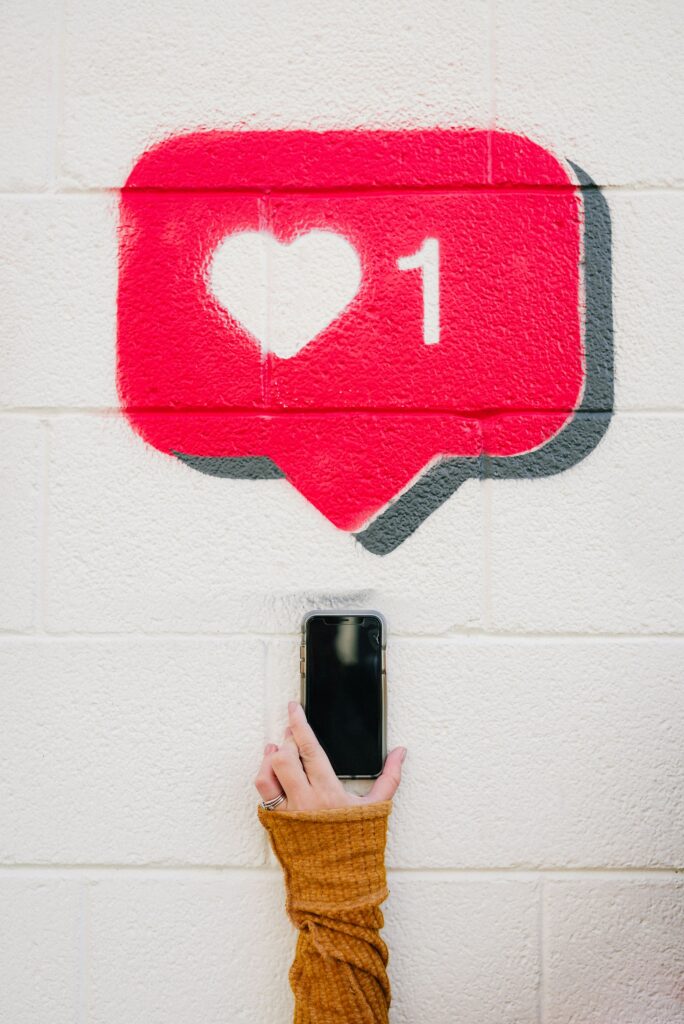A press release is often issued in the hope of raising awareness of a company, product or a service. The success of a release often depends on the content – and who gets to see it.
At PR Fire, we offer a distribution service which sees a campaign manager compile a list of journalists, influencers and bloggers who may be interested in your press release for just £95 plus VAT.
This means that trained professionals with a wealth of experience read, review and rewrite your release if necessary to make it as eye catching and engaging as possible to people who have been known to write about the topic previously.
An ideal outcome for the company distributing the release is that it would go viral and, as a result, they would see an increase in brand awareness and sales if applicable.
But what makes a viral press release?
Here are some simple tips to ensure you follow to give your press release the best change of success.

The message
The main requirement is that your release and message is interesting and different in some way – with a very clear message. A unique press release would share facts or statistics for the first time.
For example, sharing the results of research or a survey conducted by your company is a good idea as it is primary data that only you have access to to share.

Headline
The headline you choose for your press release is very important. It is the first thing the journalist or recipient will see when it gets sent to their inbox, so make sure it grabs their attention.
However, it’s equally as important to ensure that the headline accurately reflects the contents of your release. Ensure that it won’t be seen as ‘click bait’ or misleading by the journalist as this may discourage them from publishing it – or even reading any further.

Picture
Don’t forget to include a picture. This may sound obvious, but it is surprising how many companies forget to include an image in their distribution or choose one quickly as an afterthought.
Images are important in press releases, if you send interesting copy accompanied by a relevant picture – you are delivering a full package to a journalist who will be more likely to publish it.
The best pictures contain people – although this is not always appropriate or possible.
Details
When writing your release, be sure to include any details you think may be relevant. This includes dates, locations, names, ages, job titles, past work experience.
Your press release is your opportunity to engage the reader – make sure that you don’t leave them with more questions than answers.

Trends
When it comes to going viral, it might be a good idea to see what is already trending on social media and in the news and see if you can mould your content to be connected or relevant to it.
This may be helpful to ensure your press release gets coverage, as a journalist may be more inclined to use your story if they can see a similar topic is already proving popular.
For more information about PR Fire’s services and how they can benefit your company, click here
